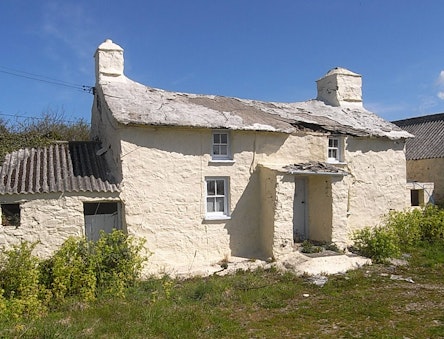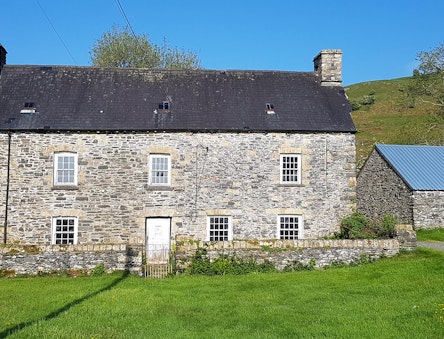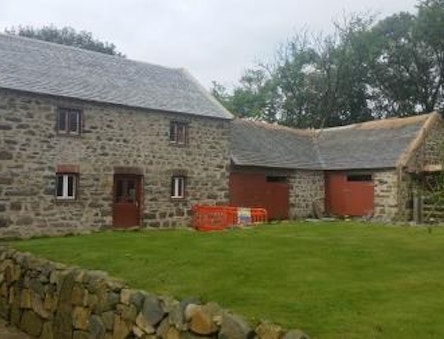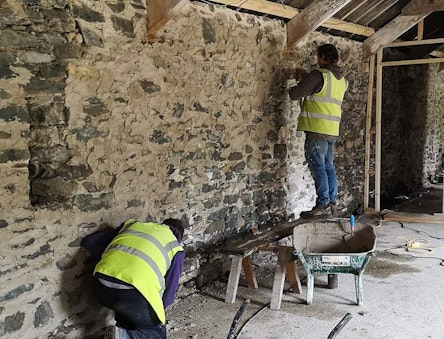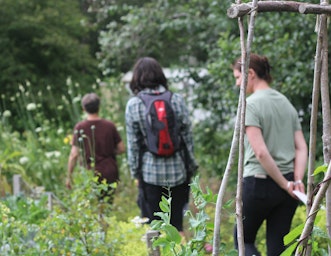
Fixing Your Damp House (Sold out)
September 07, 2024 - September 08, 2024Home » Fixing Your Damp House (Sold out)
Learn from an experienced conservation builder how to spot and tackle damp problems in your home.
This course will help you to recognise the warning signs of damp problems, where past conservation efforts may have gone wrong and to explore the different techniques and methods you can use to reduce or eliminate the problem. Part of the course will be run as a ‘building surgery’, where you will be able to get consultation and advice on how to make your home nicer to live in, cheaper to run and more environmentally friendly.
Key Information
- Duration: 2 days
- Upcoming date: 8th & 9th June and 7th & 8th September
- Start and finish times: starts at 10am and ends at 4pm on the last day
- Course cost: £400 – includes lunch, tuition and all materials
- Full board accommodation is available for this course: £97 for a single person bedroom. (This option will become available once you click “Available” or “Book Now” below)
- What to bring: as this is a highly practical course, safety boots are required and waterproof clothing is advised
- Terms and Conditions:
- you must be 18 years or over to attend our courses.
- For full list of terms and conditions click here
What you will learn
Discover what you can do about a damp home and explore the techniques and methods you can use to restore an old or traditionally built house. This course is suitable for beginners, DIY enthusiasts or professional builders without much experience with older housing.
Main topics:
- How to identify damp and rectify the associated problems
- How and why damp occurs in the home, and different types of damp
- Understanding issues around ventilation, wall breathability and the materials used in construction/renovation
- Understanding windows and their functions; the differences between single, slimline double, double glazing – advantages and disadvantages of all
- Annual maintenance and repair issues associated with damp
- The dos and don’ts of restoring a home
- Properties and uses of lime and lime products
- A tour of cottages with damp and a Q&A exploring what can be done
- Building surgery – bring any damp issues, details of restoration projects and conservation plans to the table for discussion and advice
Why is this important?
The history of building conservation is littered with examples of inappropriate treatments that over time can cause more problems than they ever solved. Most traditional builds (pre-1919) were designed with solid wall construction of stone, brick or cob/clom, with no impermeable membranes or moisture barriers.
They rely totally on the breathability of materials and design, where moisture is soaked up by the structure and any excess moisture expelled rapidly avoiding any damage or decay to the building. It’s here that many conservation attempts have gone awry as they have frequently involved the use of unsuitable, non-breathable modern materials (such as cement plasters or non-breathable paints).
Meet your tutor
Your tutor Nathan Goss has over 30 years’ experience in the construction industry in a variety of roles that have included: carpentry and joinery, historic building surveying, project management, conservation and the restoration of buildings.
Nathan is also an experienced tutor and has taught courses on traditional building methods, traditional carpentry skills, lime work and how to approach costing a heritage project.
To learn more about Nathan click here to visit his website.
Graduate School
Related events


Transformational International Energy Management
30th June 2025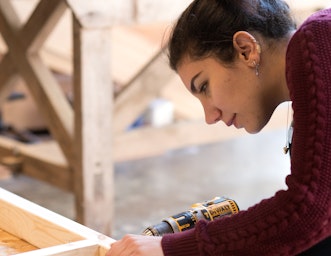
Build a Tiny House (Only two places left)
4th July 2025
Regenerative Futures – Architecture Summer School
14th July 2025Add accommodation to your booking
Would you to stay at CAT during your short course? Simply add the short course to your cart and then choose from the options provided.
Accommodation options include:
- Bed and Breakfast the night before your course starts – £80 single
- Full board and accommodation while your course is on – £97 single
Any questions please email courses@cat.org.uk
Searching Availability...

